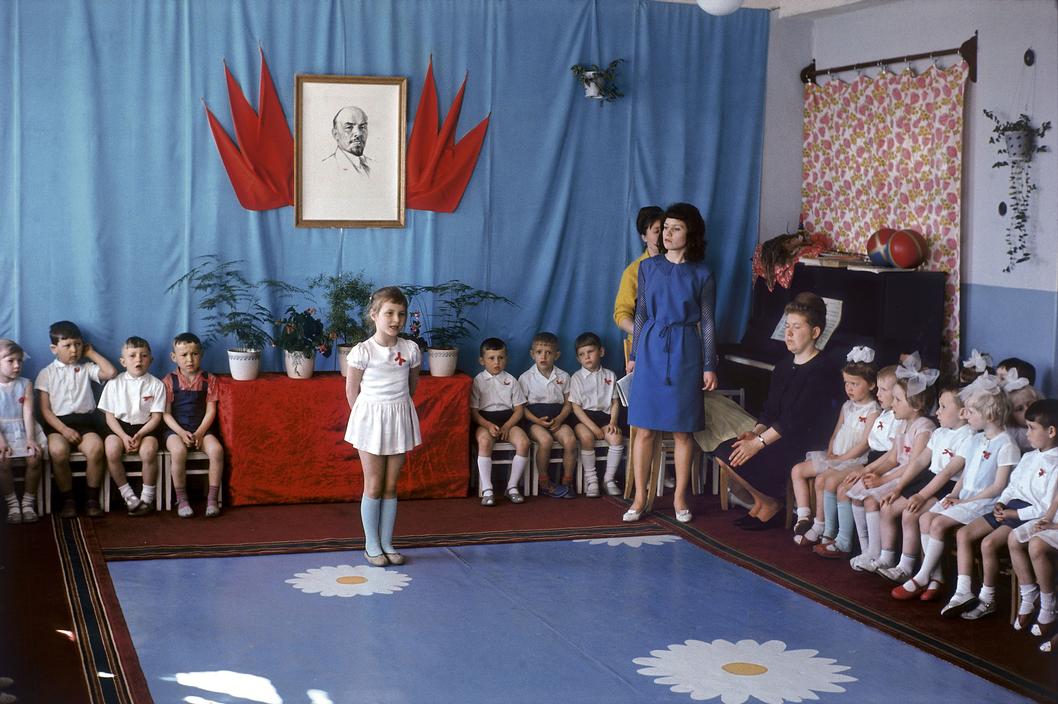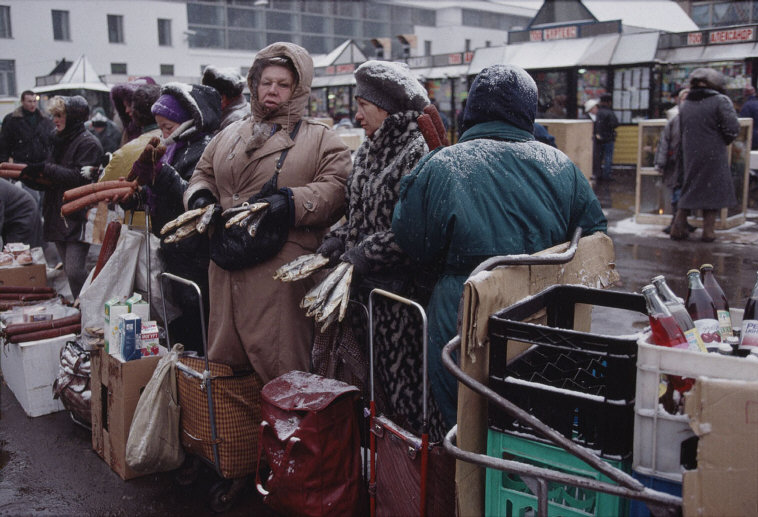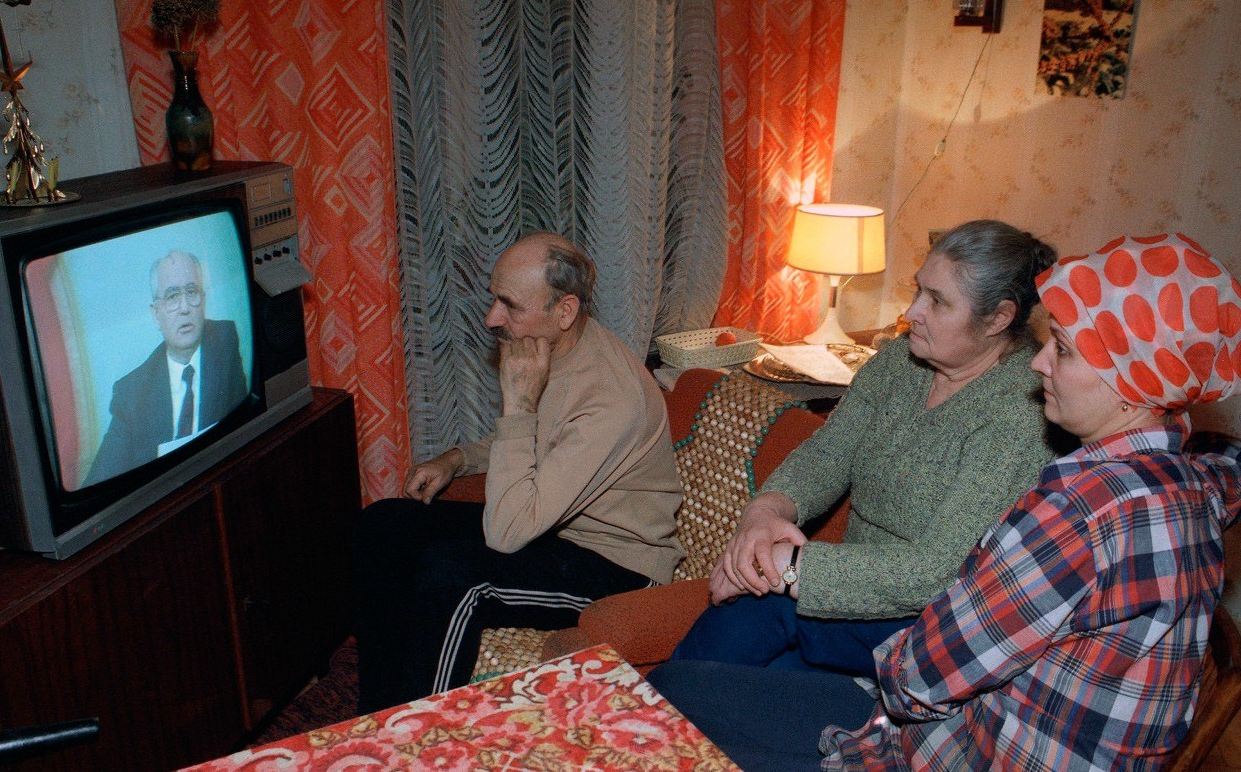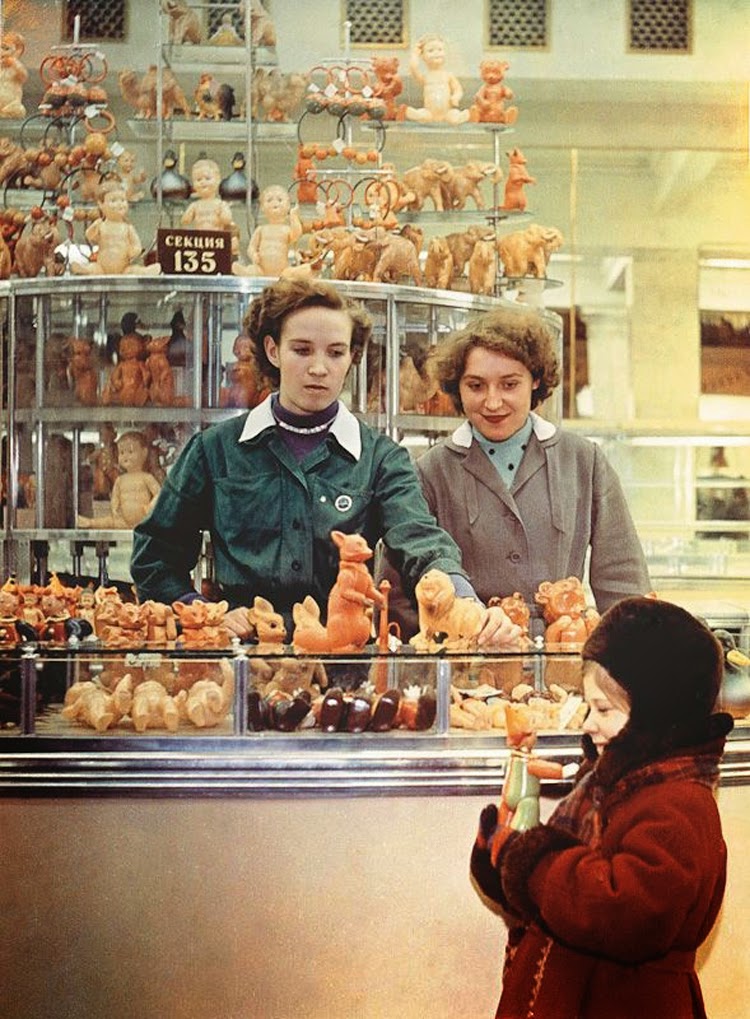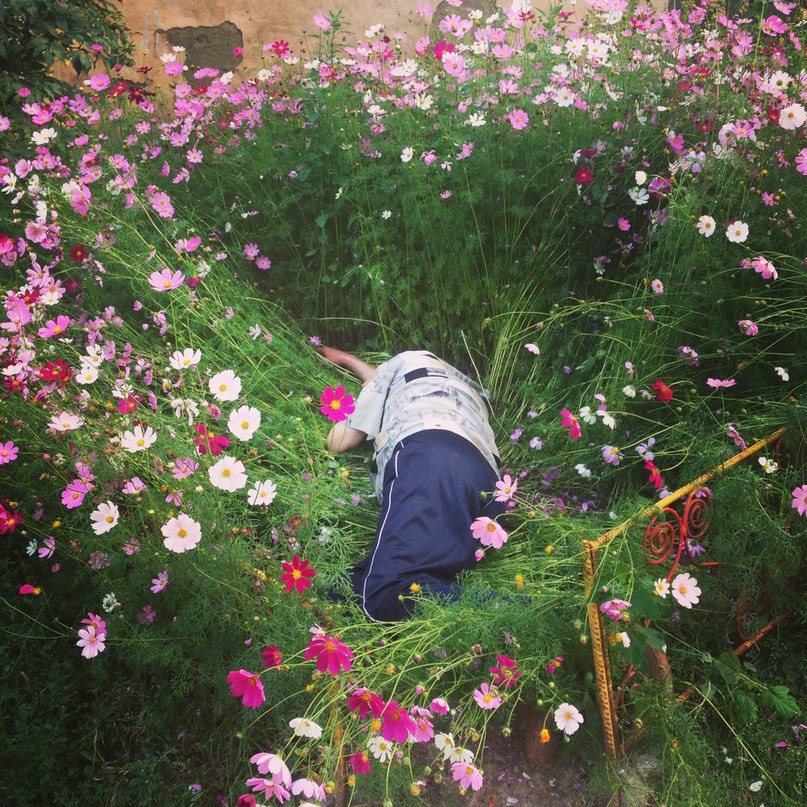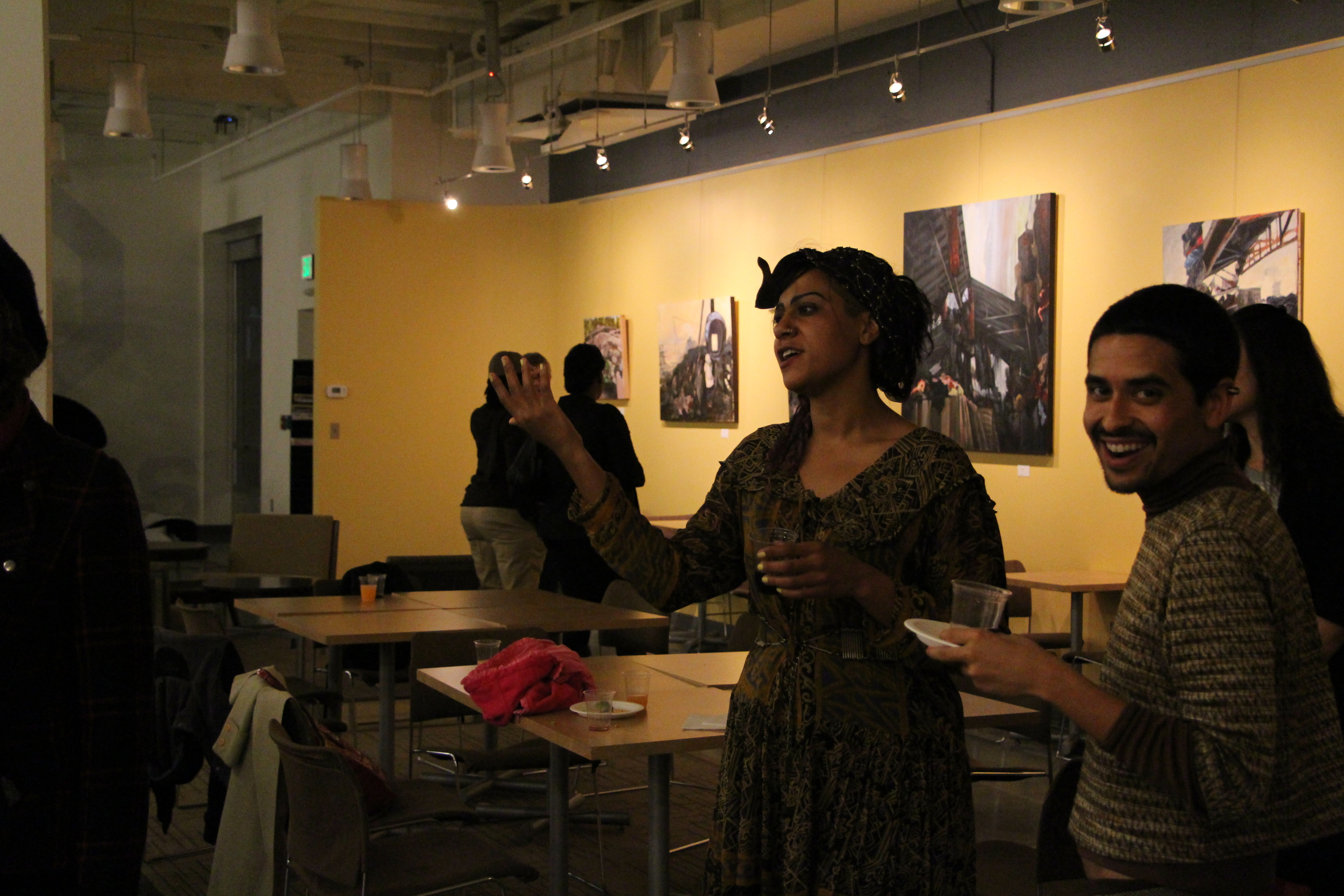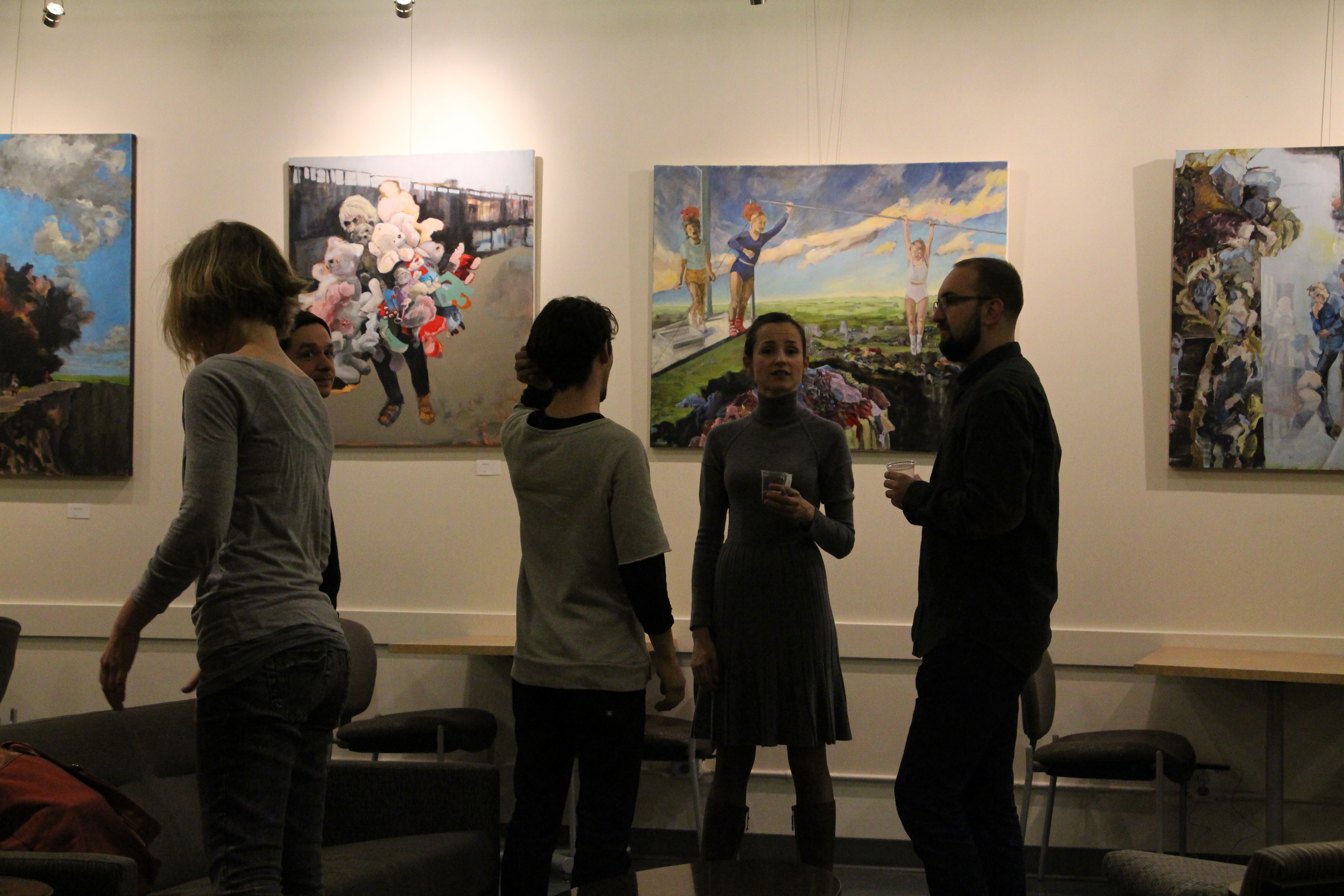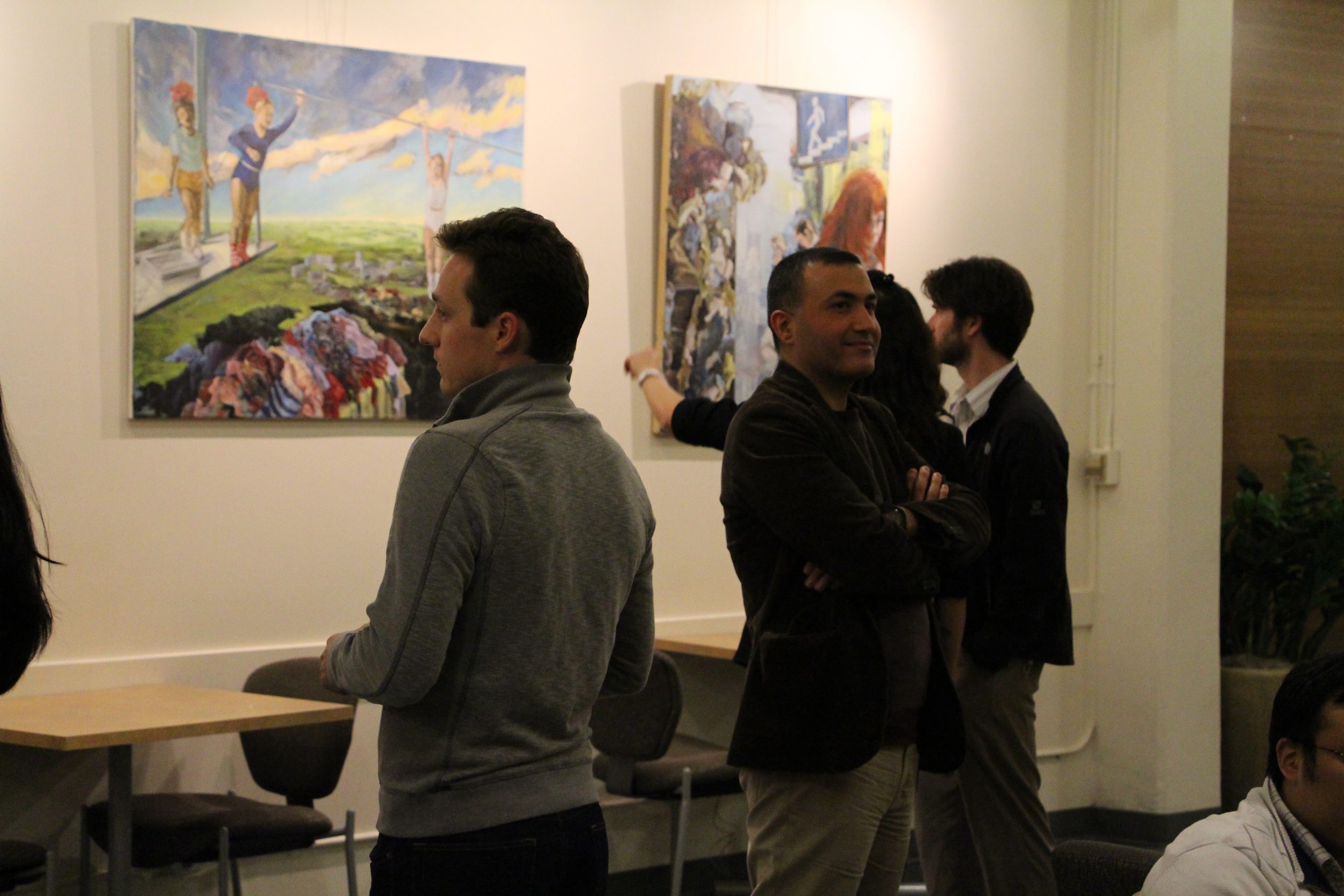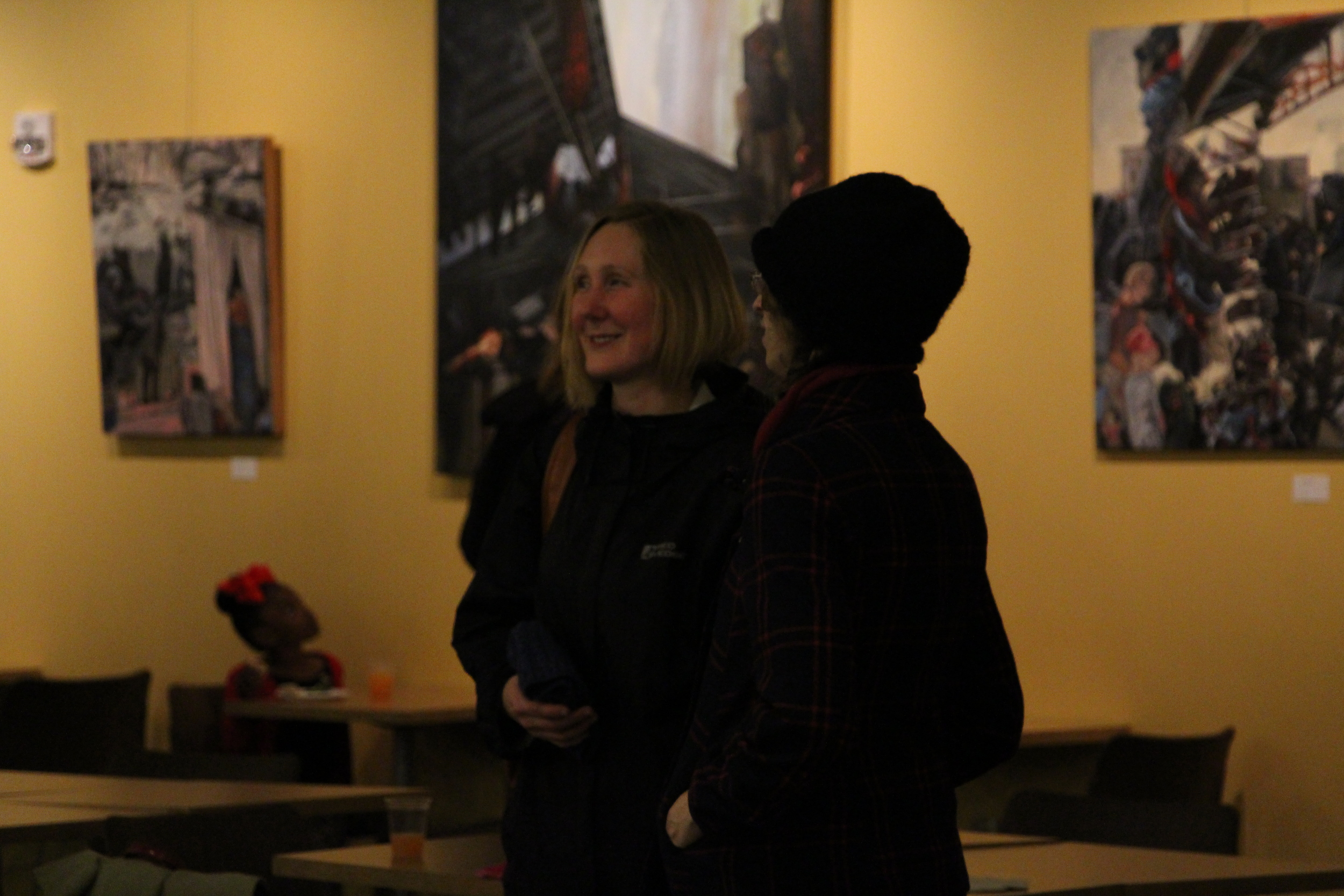What I Look At
Saatchi Art Curatorial Selection
Saatchi Art curator Katherine Henning included my painting into a new collection "The Real World: New Figurative Art"
Liu Xiaodong, my new art crush
El Greco at PAM
Masterworks | Portland: El Greco
DEC 13, 2014 – APR 5, 2015
The fifth installment of the Museum’s ongoing series Masterworks | Portland commemorates the fourth centenary of the death of El Greco (1541-1614), the brilliant, multicultural genius whose highly personal, conceptual style gave form to the intense spirituality of Spain’s Golden Age. Coinciding with the celebrations of Christmas and Easter, this special installation features the artist’s greatest devotional painting, the magisterial Holy Family with Saint Mary Magdalen, a rarely loaned treasure of the Cleveland Museum of Art.
Painted at the height of El Greco’s powers in the 1590s, The Holy Familyshows the Virgin Mary holding the squirming Christ child on her lap as Joseph offers a bowl of fruit. They are joined by Mary Magdalen, whose sorrowful gaze alludes to the future suffering of the happy child. El Greco’s approach is based on Venetian depictions of the subject set in a landscape, but transformed so that the figures seem to exist out of space and time, floating before a turbulent sky. The visionary quality of the elongated forms, animated by flashing light and vivid color, is tempered by touches of realism, particularly seen in the faces of the virgin and child, in the bowl of fruit, and in the warm domesticity that characterizes the scene. This endows the image with unusual accessibility and appeal.
Born Domenikos Theotokopoulos on the island of Crete, the artist first worked as a painter of icons. Beginning about 1567, he spent a decade in Venice and Rome absorbing the aesthetic principles of the Mannerist style. He made his way to Spain in 1576 and settled in Toledo, where he was free to develop his distinctive art. Today El Greco is celebrated not only by artists, but by the public at large. Do not miss this opportunity to experience his unique genius in one of his greatest works.
Organized by the Portland Art Museum and curated by Dawson W. Carr, Ph.D., The Janet and Richard Geary Curator of European Art.
Artist Reception for "Never Same River" at OHSU. 10-15-2014
"Never Same River" Solo Show at OHSU Student Center, Portland, OR
Fuzzy Logic at Nisus Gallery
Featuring Tatyana Ostapenko, Nicolas Norman, Thomas Putman, Chacha Sands and Julie Webb.
August 16 – 31, 2013
Gallery Hours: Friday – Sunday, 12:00 – 5:00 pm and by appointment
Opening Reception: Friday, August 16 from 6:00 – 9:00 pm
Nisus Gallery: 8371 N Interstate, Studio 1, Portland, OR
Nisus Gallery is pleased to present Fuzzy Logic.
“In fuzzy logic, exact reasoning is viewed as a limiting case of approximate reasoning.
In fuzzy logic, everything is a matter of degree.
Any logical system can be fuzzified.”
— Fuzzy Sets, Fuzzy Logic, and Fuzzy Systems: Selected Papers by Lotfi A. Zadeh
The works in “Fuzzy Logic” were produced in ten weeks by five artists –Nicholas Norman, Tatyana Ostapenko, Thomas Putman, Chacha Sands, and Julie Webb–each responsible for producing 50 paintings. This idea to produce so much in so little time, essentially a painting per workday, was the main prompt of an advanced painting class, The 50 Works Project, that had been taught for over twenty-five years by Susan Harlan in the School of Art + Design at Portland State University. Though the class was no longer offered, these five students independently found a willing mentor at PSU, Painting Instructor Tia Factor, to guide them through the process.
The five artists worked closely together in a classroom studio environment, and although each painting was produced by an individual in his or her own style and voice, the ideas behind the paintings relate directly back to the collective. There is a dialogue between the works; two paintings by two different artists may communicate closer than two by the same person. This blurring of authorship parallels the experience of working in a shared studio space: deadlines, days, times and mediums became just as responsible for the ideas in the paintings as the experiences of the artists.
The sense of Incompleteness is evident — a subject? — in many of the paintings, and the question “Is it finished?” was asked between the artists repeatedly. A layered brushy section with no apparent representation, or an abruptly contrasting space that was at first overlooked are sometimes the most appealing part of the works. By seeking a balance between underdevelopment and control, they intend to pose unanswerable questions about what makes a painting “good”, but mostly to make something interesting to the painter’s eye.
There are no absolutes in “Fuzzy Logic.”

